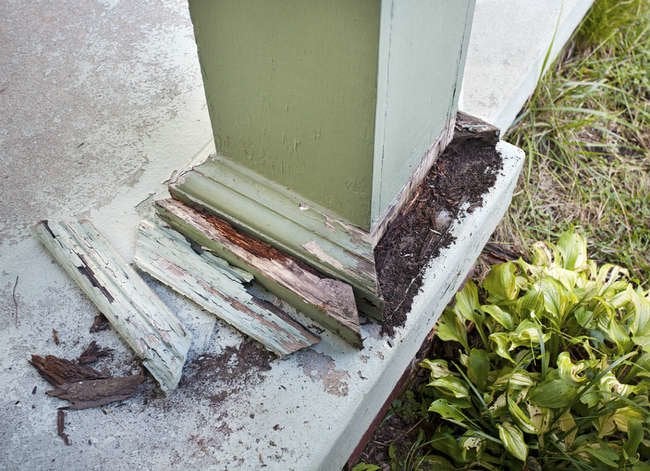

We may earn revenue from the products available on this page and participate in affiliate programs. Learn More ›
Home Advice You Can Trust
Tips, tricks & ideas for a better home and yard, delivered to your inbox daily.
Slow Down! Is That Fixer-Upper Worth the Trouble?
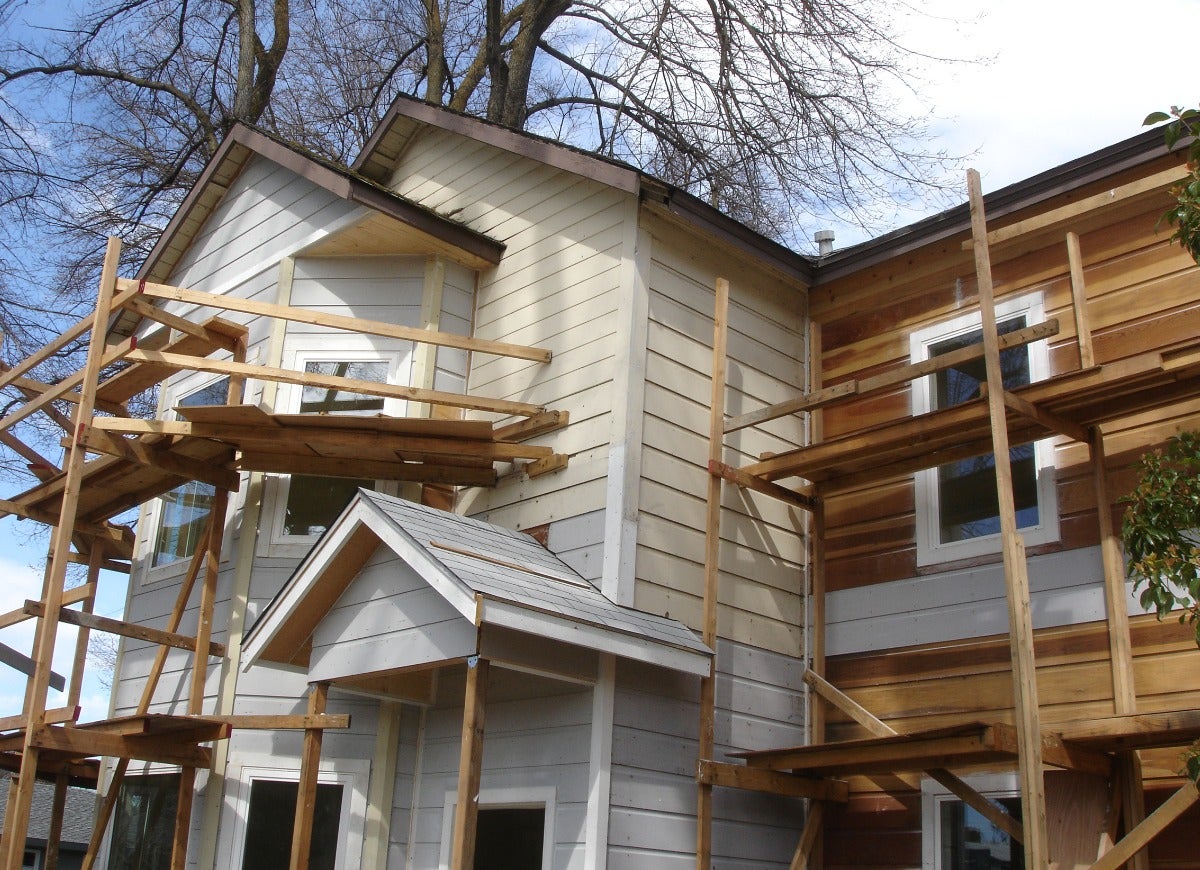
If you’re yearning to flex those DIY muscles, a fixer-upper might seem like a great idea. Not only can you save money by doing the work yourself, but the opportunity to put personalized touches on the property can be exciting. The problem is that not all fixer-uppers are worth fixer-uppering. Some might just become money pits, and as soon as the deed switches names, those problems become the new owner’s headaches.
Before purchasing that project abode, be sure to check for these signs that a fixer-upper might be a money pit.
The “As Is” Clause

The first (and most obvious) sign that you might be walking into a money pit is an “as is” clause. The house probably won’t qualify for a conventional mortgage, and if you buy it, you’re agreeing to buy all its problems. Before making an offer, have the house thoroughly inspected and gather repair estimates. If it’s listed with a broker, ask for a disclosure statement that lists all known material defects so you don’t come across unpleasant surprises later.
Foundation Faults
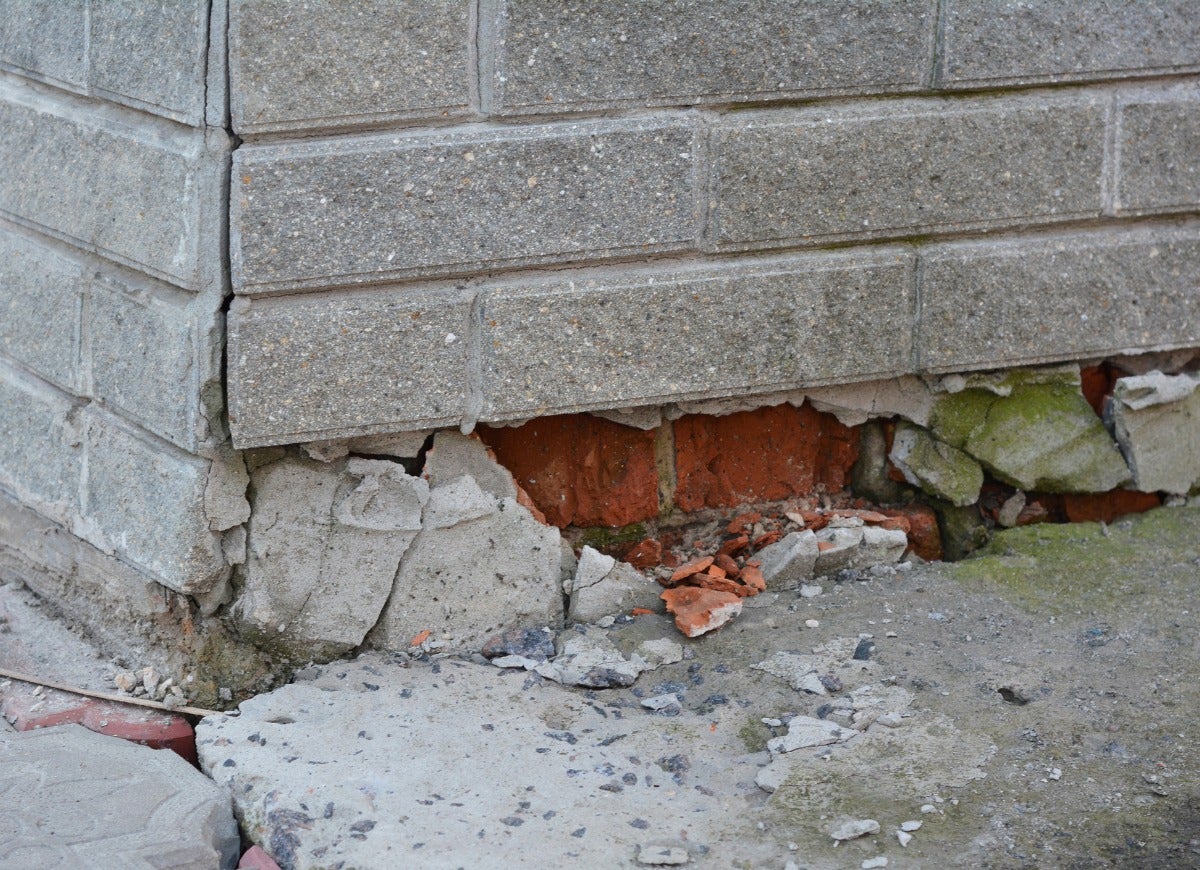
The foundation supports the entire house, and major problems here can set you back to the tune of tens of thousands of dollars. Foundation walls that bow, moldy basements or crawl spaces, and large cracks or shifted masonry should all prompt a call to a structural engineer for advice before you make an offer.
Old-School Electrical Finds
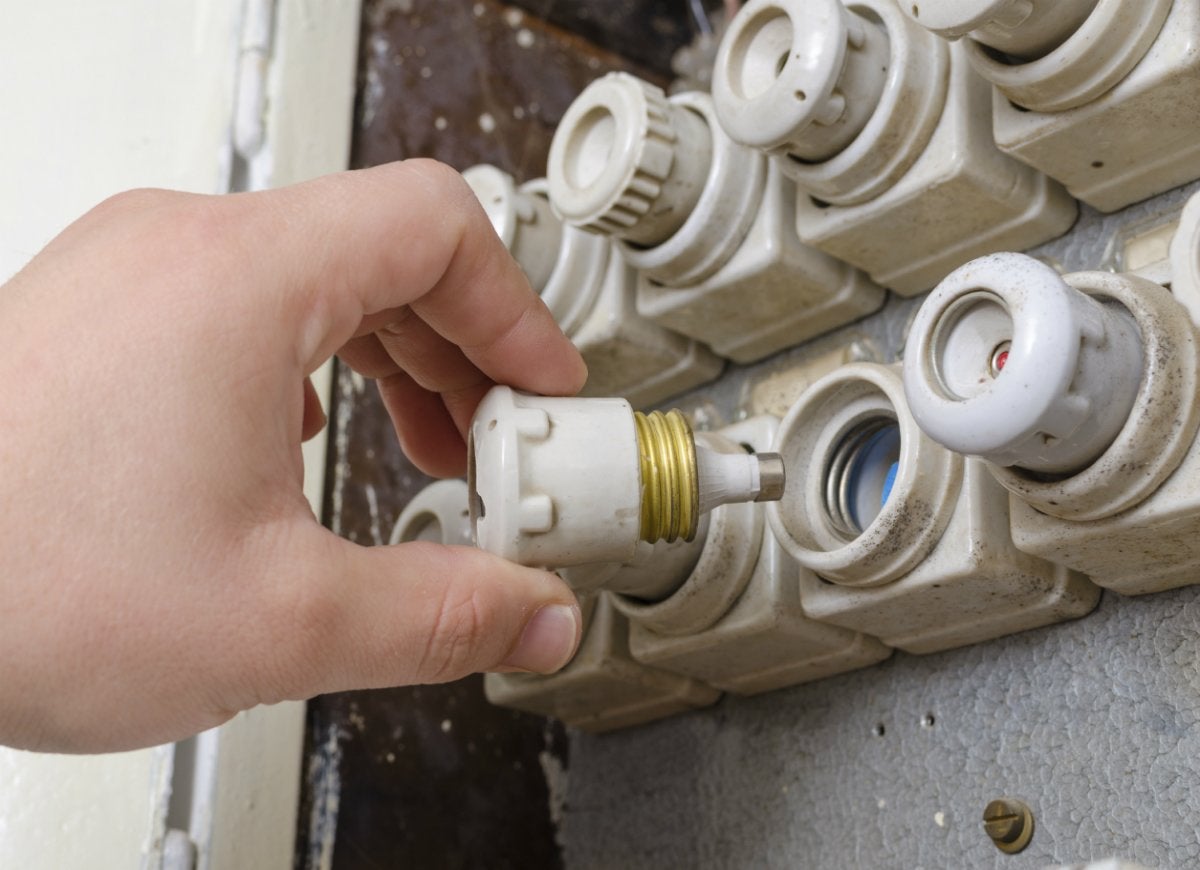
Updating antiquated electrical wiring is a major expense. Tip-offs that the house you’re looking at has substandard wiring include single fabric-covered wires on white insulator knobs (look for these in the attic); an old fuse panel instead of a modern breaker panel; or a small breaker panel with only a few breakers.
Roofing Red Flags
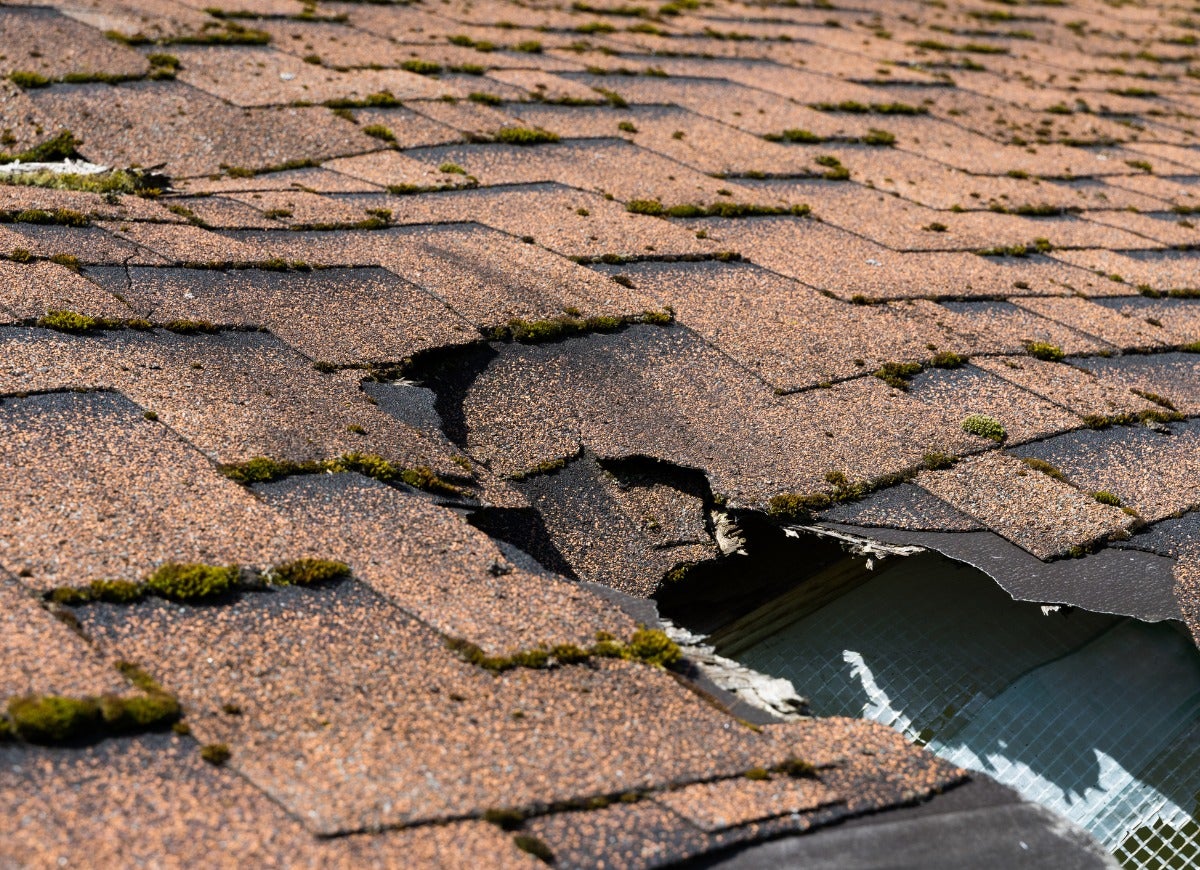
When you’re buying a home that needs a lot of work, you can probably expect to replace some of the roof shingles. If the roof in question has multiple layers of shingles, if it sags, or if you find interior evidence of major leaks, you may also need to replace the sheathing and some of the roof rafters. Get your credit cards out, because none of these repairs is cheap.
Insect Infestation
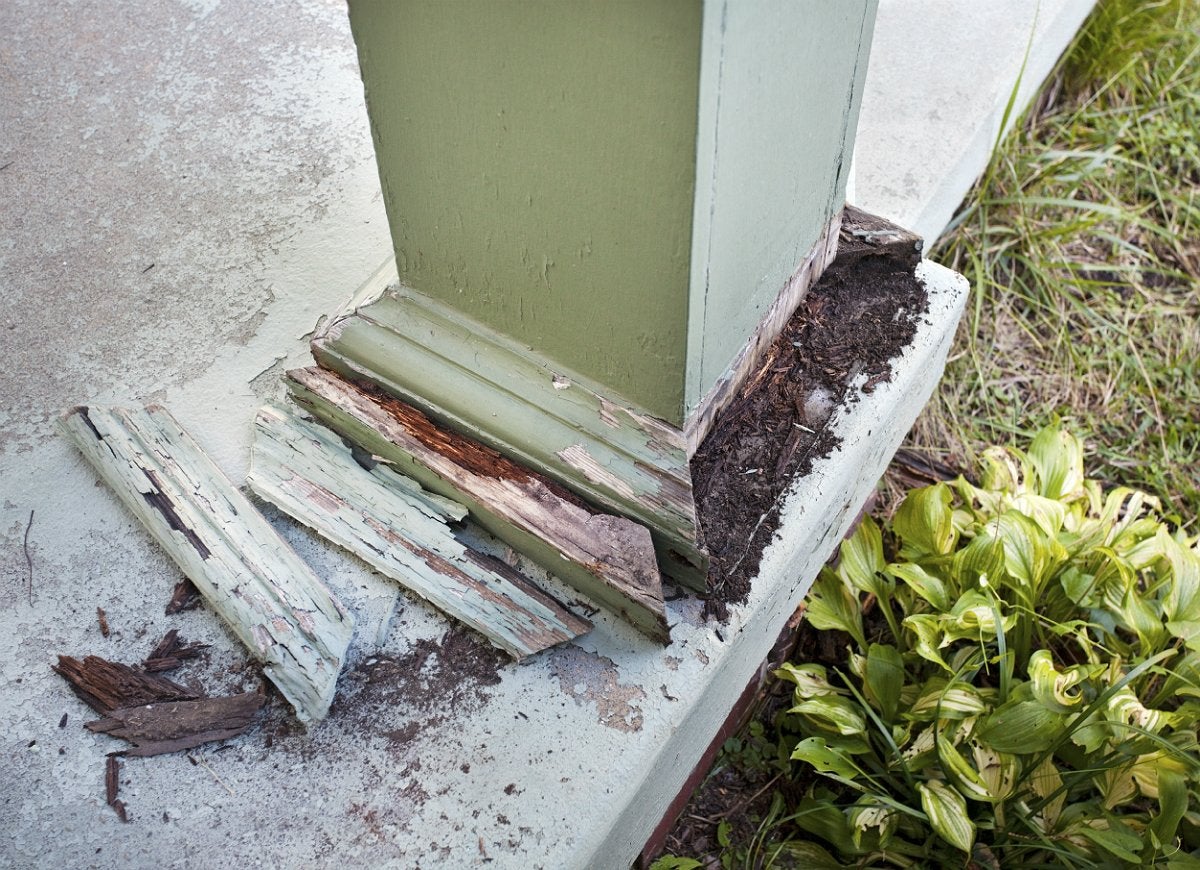
Repairing termite damage—or worse, treating a home for an active case of termites—can be very costly. The problem is, structural damage caused by wood-boring insects often lies in the walls and floors, where it’s not visible. Look carefully for other signs of an infestation, such as a cracked foundation; sagging floors, walls, or ceilings; and small pellets throughout the house. Before buying a fixer-upper, it’s a good idea to pay for a professional inspection so you know what you’re getting into.
Uneven Walls and Floors
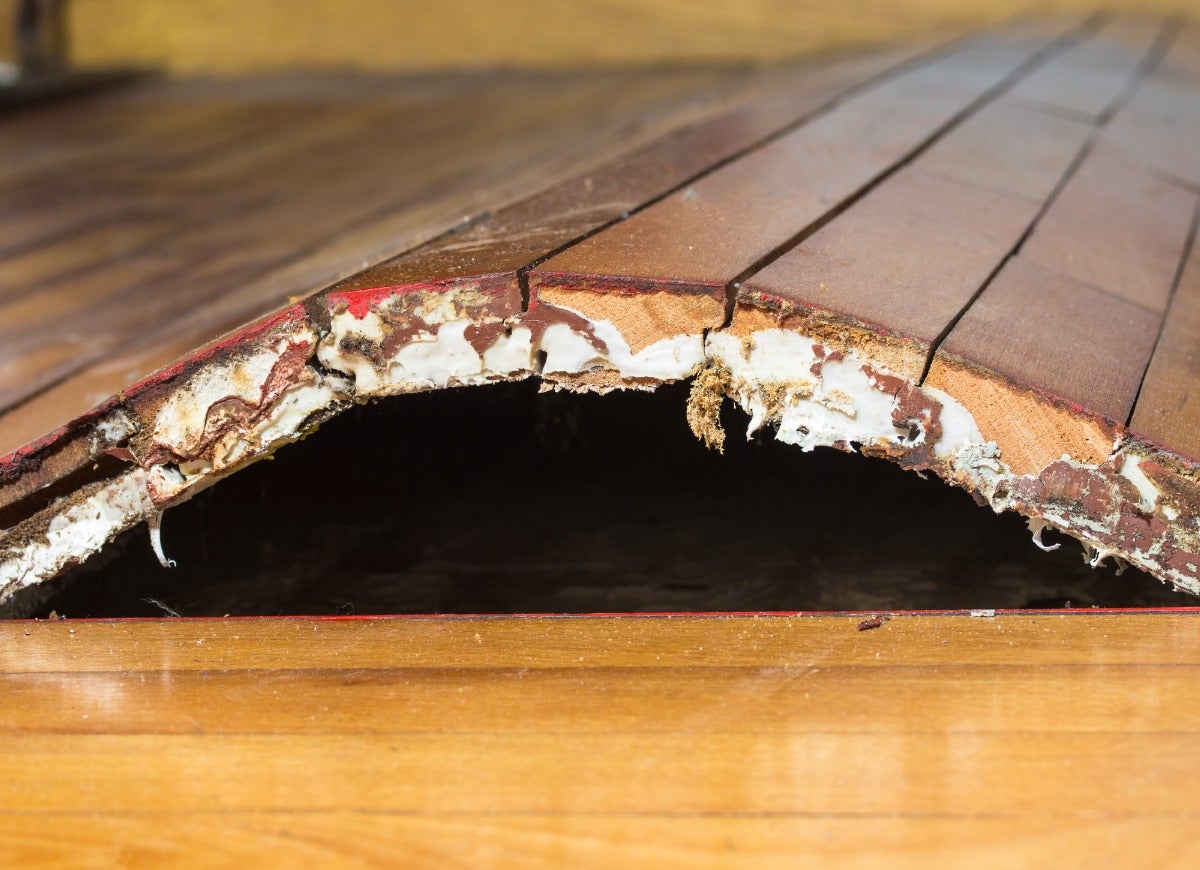
Slightly sloping floors don’t necessarily mean a house has structural problems, but they should prompt a call to a reputable contractor. Signs that a house’s framing may be questionable include gaps between baseboards and flooring, wavy or bowed siding, doors that won’t close, and floors that dip, bounce, or sag.
Sunken Spirits
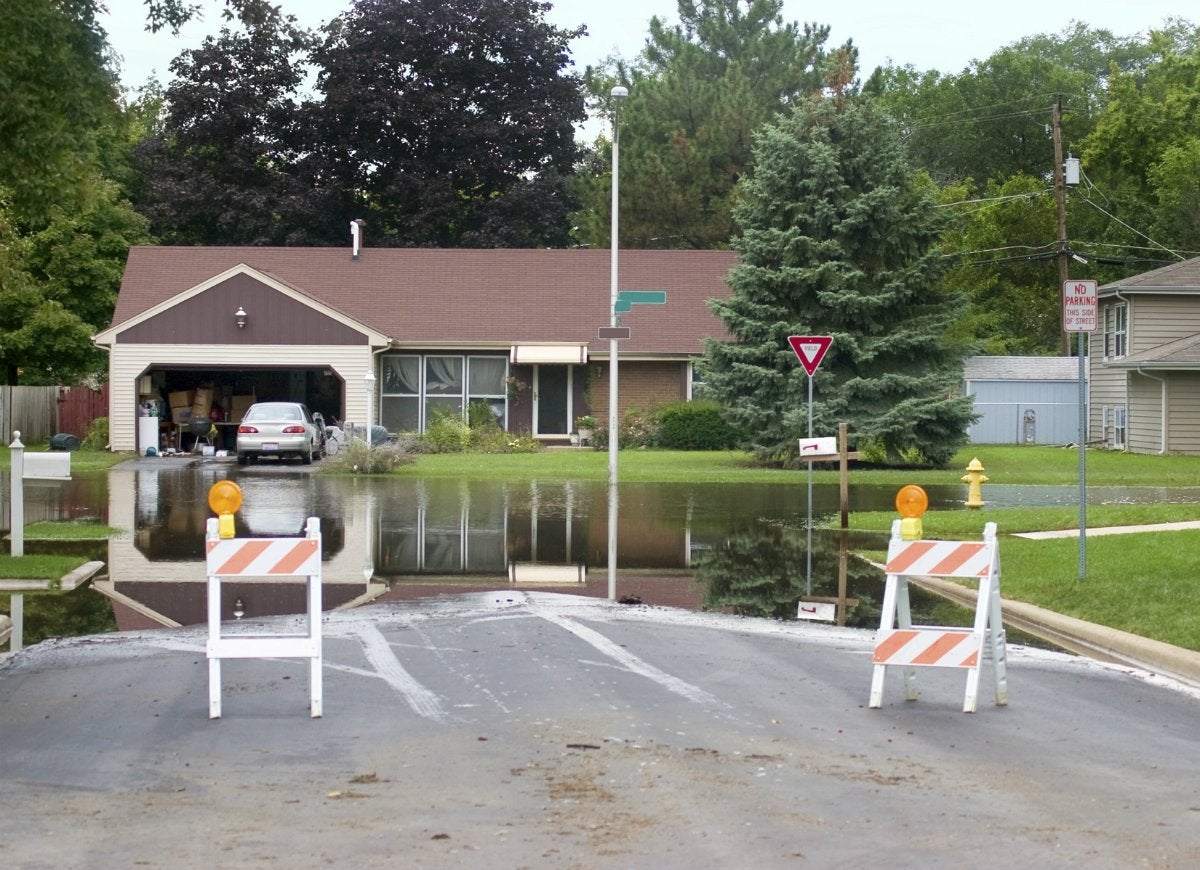
If the house you’re considering sits lower than its yard and the surrounding properties, and it’s in a region that regularly receives rain, it may have drainage problems. If the home is listed with a broker, ask about previous flooding issues. If it’s a for-sale-by-owner listing, visit the local zoning department to find out if the house lies in a floodplain.
Old-Window Woes
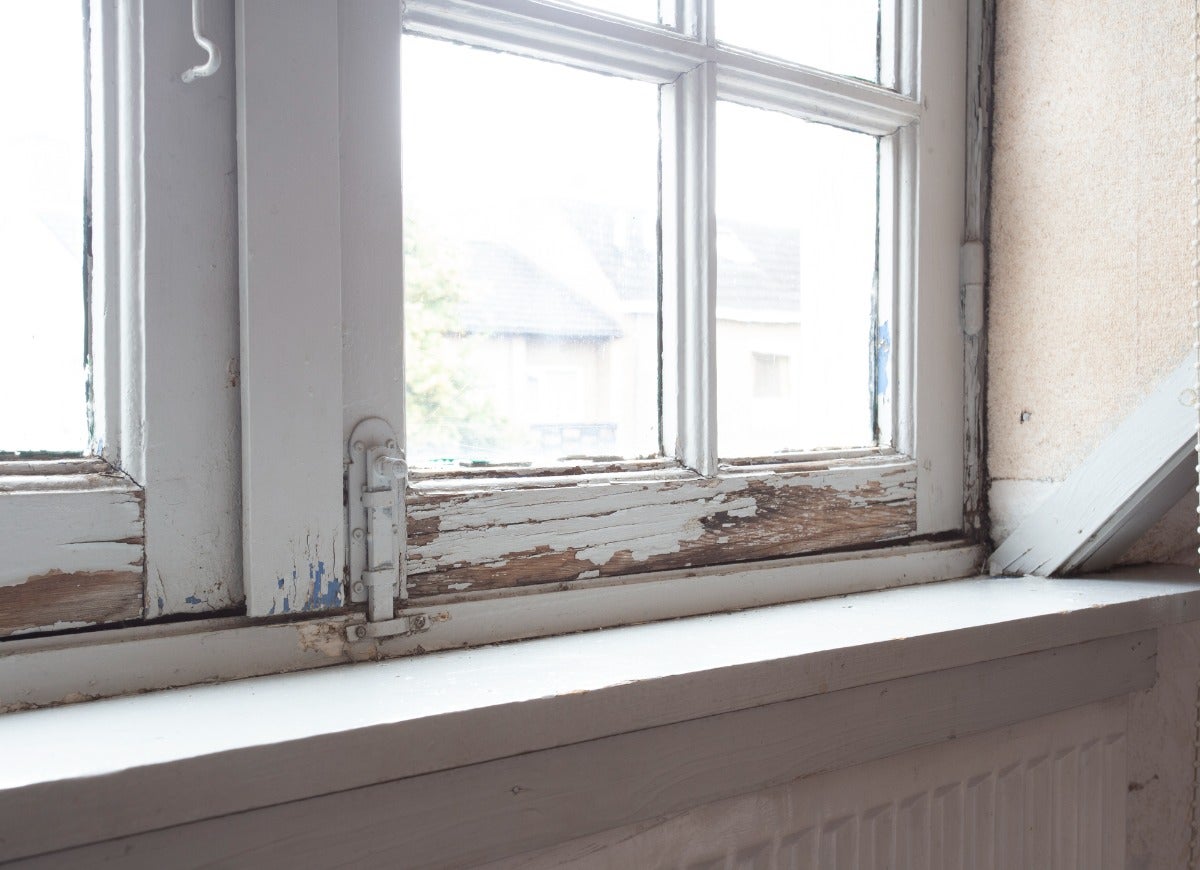
They may add character and charm, but old windows with wood sashes and single panes are a major cause of energy loss. This translates into sky-high utility costs. Replacing these money-drainers with energy-efficient models won’t be cheap, either. To get a better idea of how much it will cost you in utility expenses to keep the original windows, ask the owner or real estate agent for the last 12 months of utility bills. Another option is to arrange for an energy audit of the home, which will help you decide whether you should spring for energy upgrades and how to prioritize them.
Outdated Major Systems
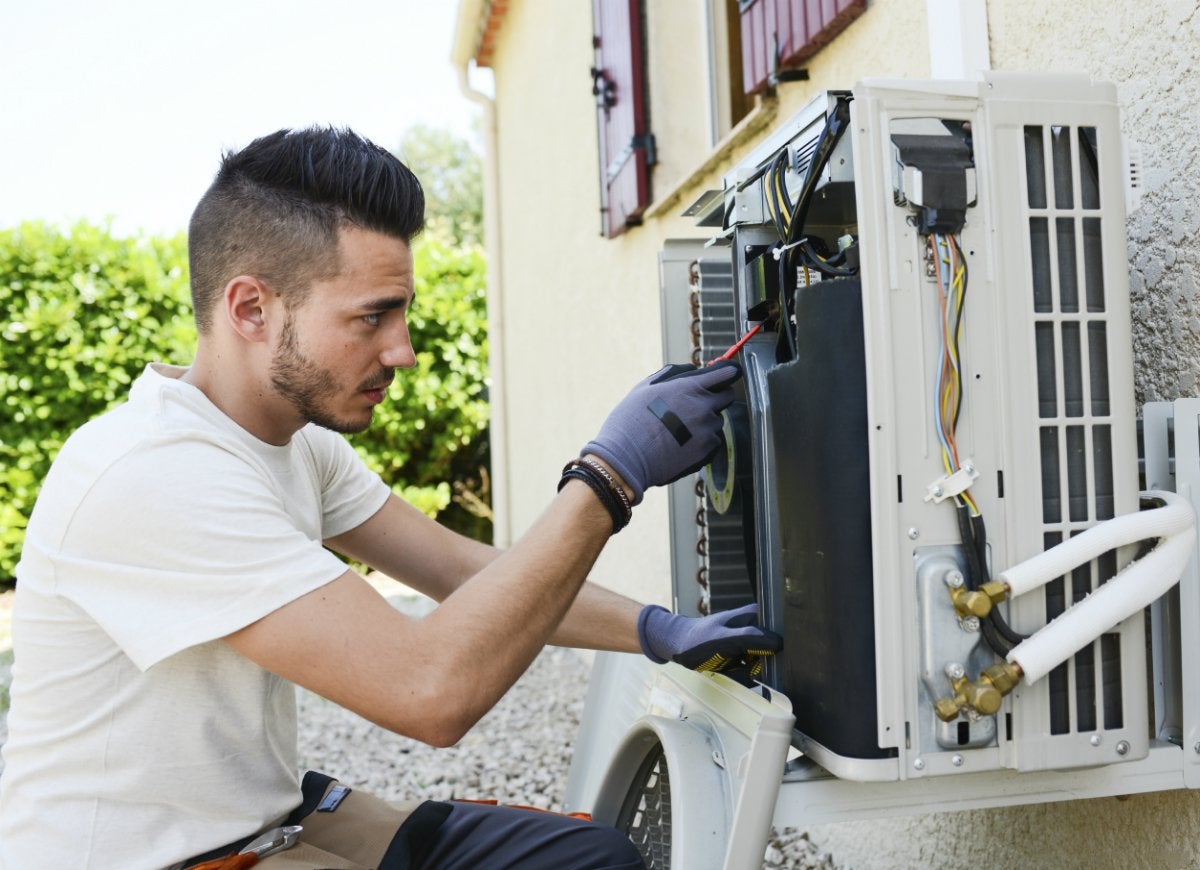
The older the house, the more likely it is that you’ll have to update some of the mechanical systems that the previous owners neglected. Check faucets for adequate water pressure, and check HVAC units for installation dates. If the house isn’t fully ducted and vented, know that bringing it up to date—or installing a ductless mini-split system for air and heat—is a pricey line item to add to your renovation budget.
Hazardous Headaches
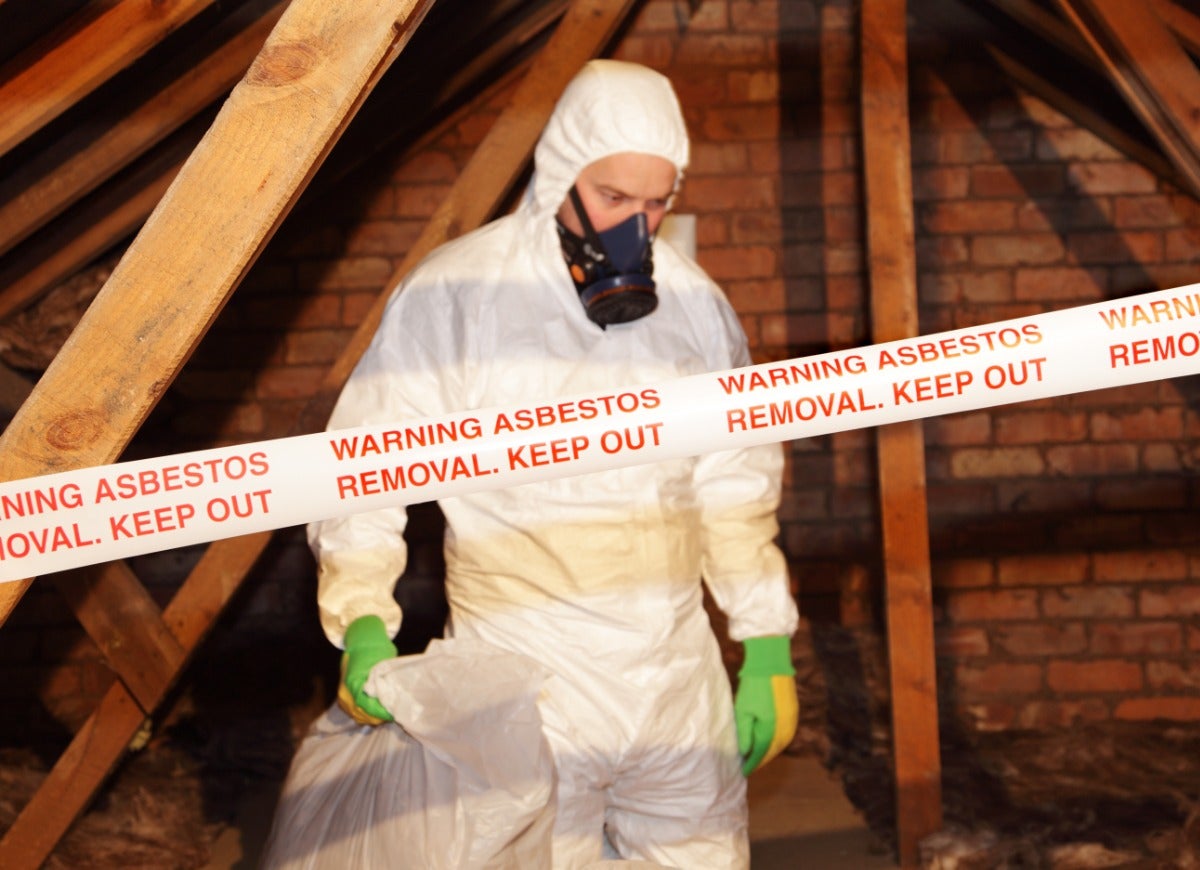
Houses built in the 1970s or earlier are red flags in themselves because they often contain asbestos and lead-based paint. Removing these substances from the home can be very expensive, particularly if your community requires that the work be done by a licensed remediation specialist. Before you make an offer on a pre-1970s house, be sure to have it inspected by a hazardous substance professional so you don’t get stuck having to pay for remediation.
Not-So-Rad Radon
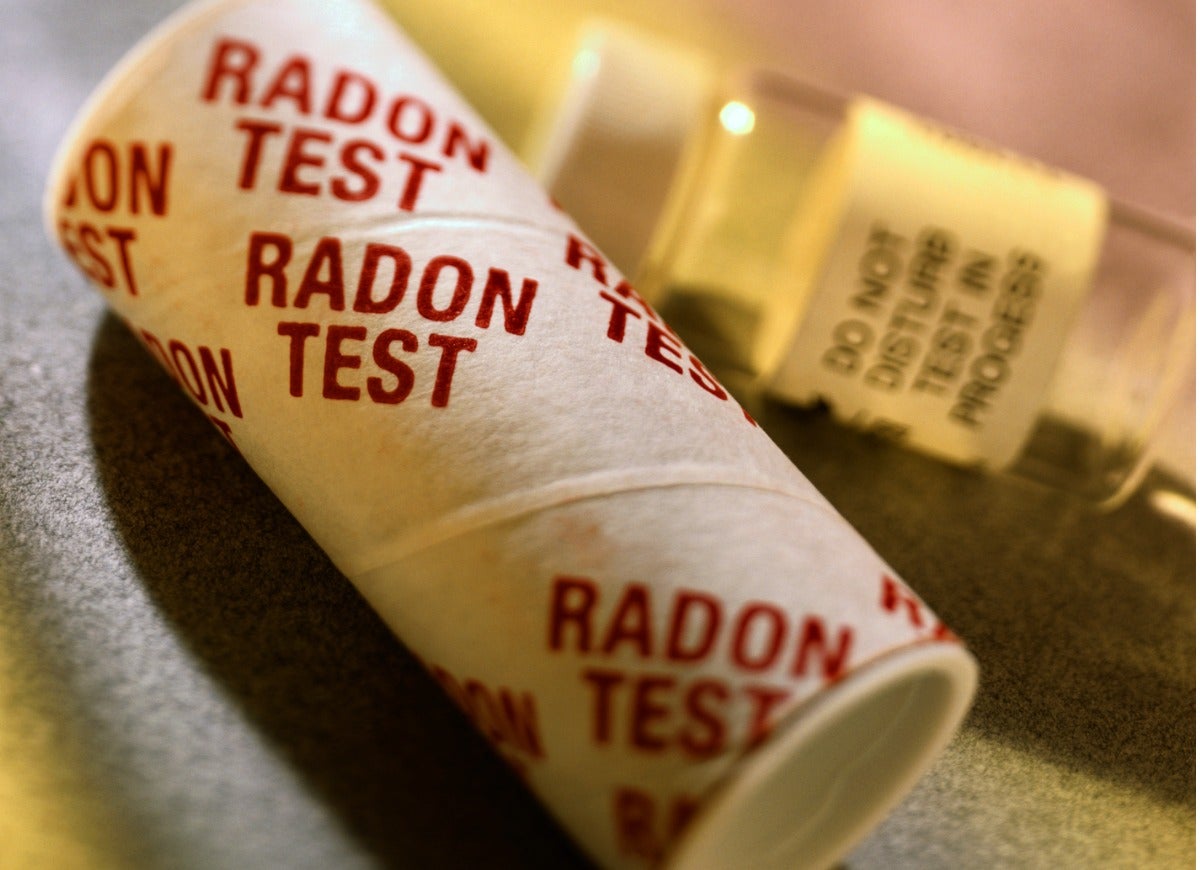
Radon is a naturally occurring gas with radioactive properties. It emits from the ground and can sneak through foundation floors and walls, causing negative health effects like headaches and even lung cancer. Radon mitigation systems can be expensive, and they don’t last forever—they’re only under warranty for about five years.
Always conduct radon testing—and send the test to a professional lab—before purchasing a home. If the home is in prime shape but has higher than optimal radon levels, buying the home and installing a radon mitigation system may make sense. A home that has a high reading of this dangerous gas on top of other other red flags should be carefully considered, or rejected immediately.
It’s Waaaaaay Off the Beaten Path

Prospective home buyers might love the idea of buying a fixer-upper that’s off the beaten path. Though a private plot that’s far from town and neighbors sounds idyllic, it does have serious downsides to consider.
First, if the closest hardware or home improvement store is 45 minutes away, DIY-ers should account for the time suck that trips for materials and tools will take out of their day. (And what happens if you forget something and have to go back?) Paying for deliveries to an out-of-the-way address will also chip away at the budget, and potentially turn a bargain-priced home into an over-budget project.
The Price is Too Good to Be True

In most areas of the country, the real estate market is booming. There may be very little inventory and plenty of hungry shoppers. If the listing price is too good to be true and the home has been sitting on the market a while, there’s probably a good reason. That’s not to say that good deals aren’t out there, but if that fixer-upper is a permanent fixture on the MLS, buyer beware.
The Neighbors Aren’t Fixing Their Fixer-Uppers
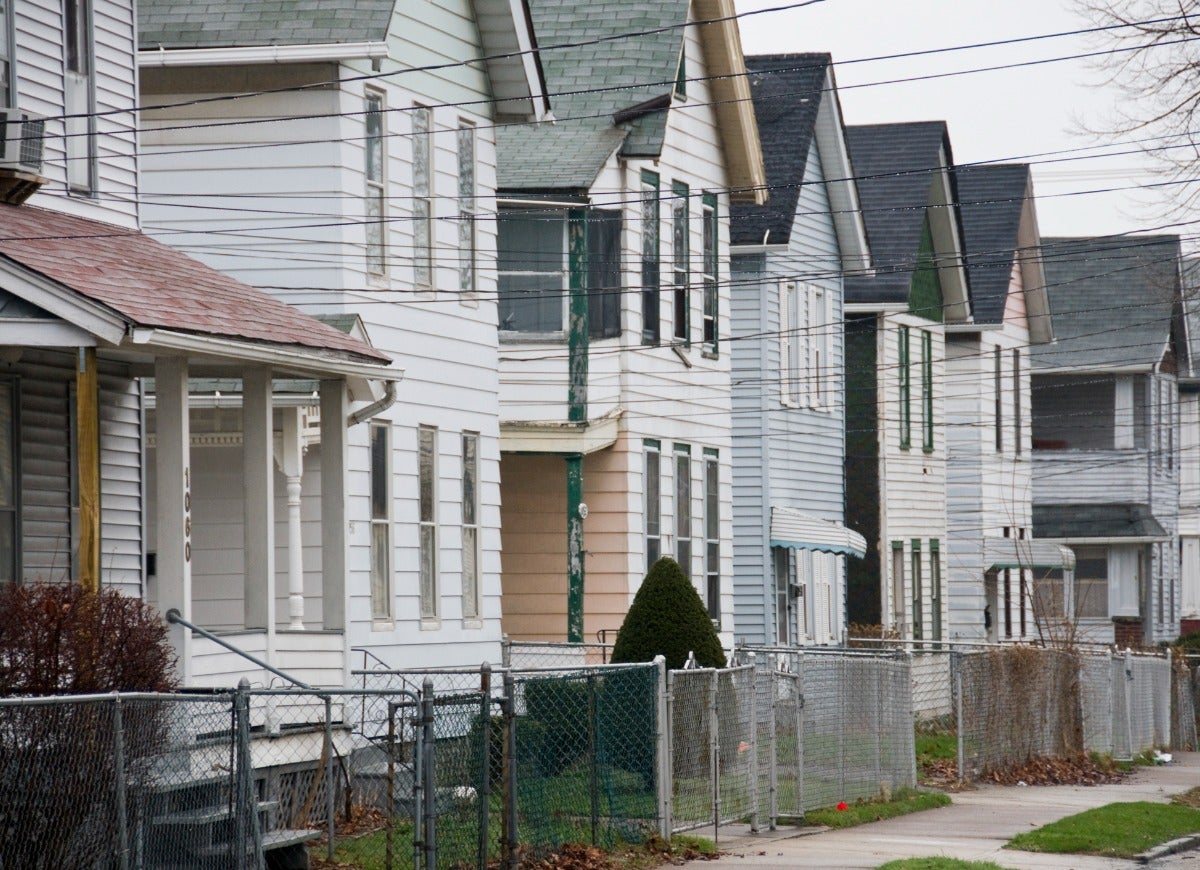
Even if the fixer-upper you have your eye on is affordable and the inspection comes back free and clear, there may still be reason not to proceed with the purchase. Look around the neighborhood: If the neighbors also own fixer-uppers but there’s little evidence of them running to the home center as often as you would be, consider pumping the brakes on the buy.
Sure, it’s possible that you’ve found a neighborhood that’s up-and-coming and about to undergo a transformation. There are few things worse than bad, apathetic neighbors, however, and those who don’t care for their properties will prevent yours from reaching its maximum value.
The Property is Full of Additions
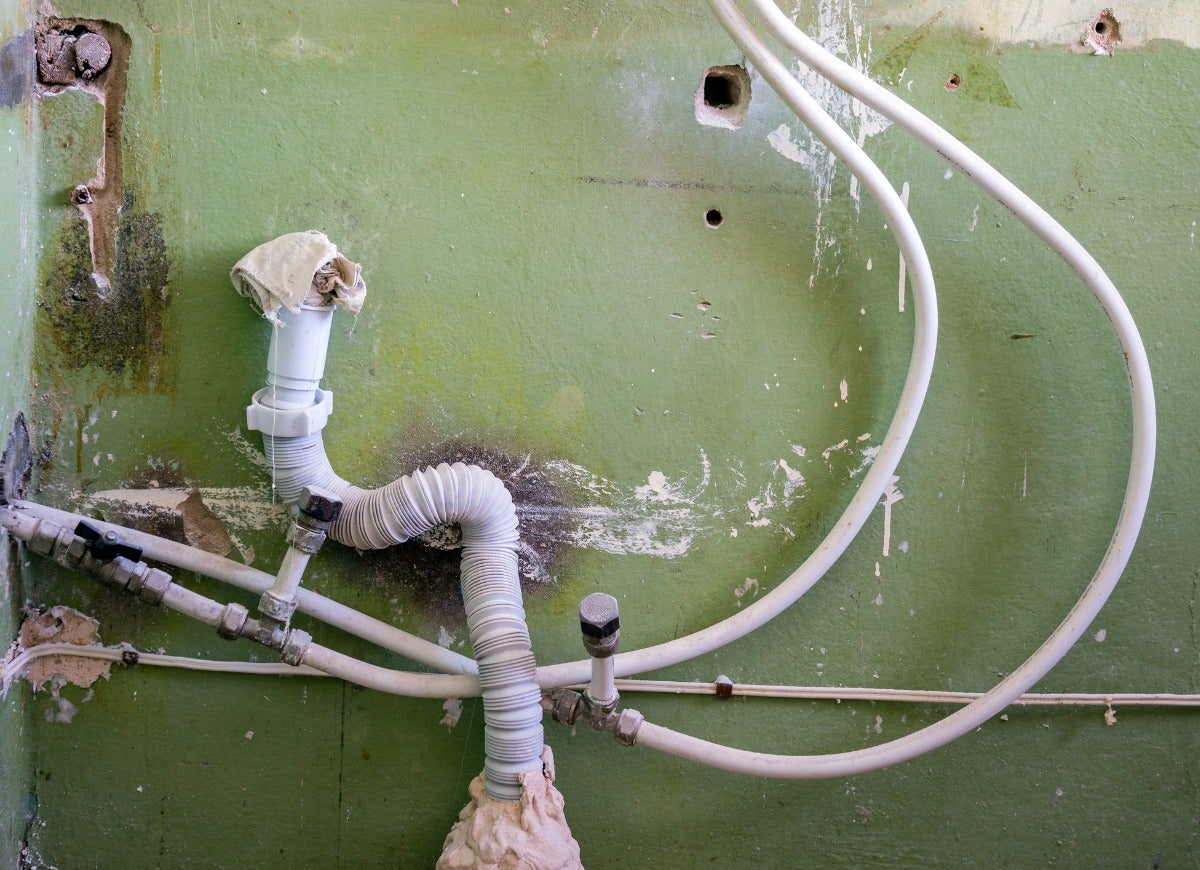
If the main part of the home seems okay but you notice that it’s undergone a few shabby-looking (and even mismatched) additions, you could be standing in a money pit. While some of the home additions might have been done by professionals, others might be DIY projects by previous owners who had no business DIY-ing. This is a common issue in lake and mountain communities, and other regions where owners might try to convert vacation homes to year-round residences.
Subpar additions can be rife with problems, including inadequate flashing between the existing structure and the new one, and below-code electrical work. Renovations and additions done with poor-quality materials can also cause all sorts of expensive problems down the road.

The Homeowner Survival Kit
This year’s Bob Vila Approved is a hand-picked curation of tested, vetted, must-have essentials for surviving homeownership today.